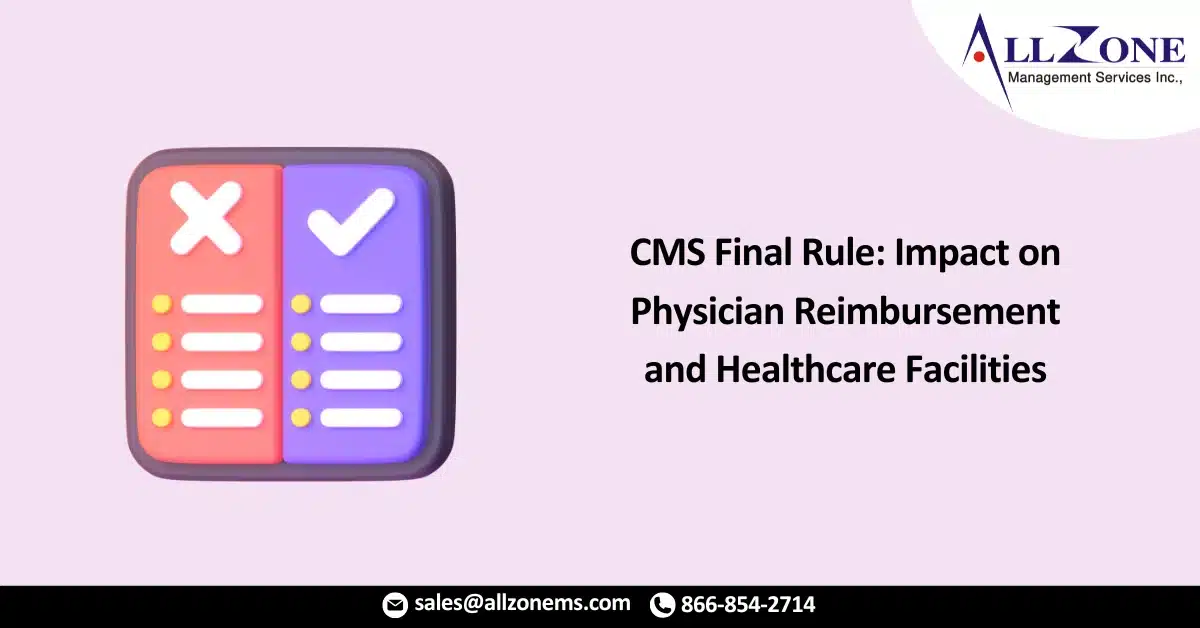Despite the American Medical Association’s (AMA) strong protests regarding a 26 percent decrease in physician reimbursement from 2001 to 2023, it seems that these objections have not been heeded. On November 2, the Centers for Medicare & Medicaid Services (CMS) announced their final policy changes, which include significant reductions in reimbursement for the upcoming year.
During the pandemic, CMS temporarily waived the 2 percent sequestration reduction that was initially implemented in 2013. This 2 percent sequestration adjustment was reinstated after the pandemic, with full implementation in 2023. Under the recently announced CMS final rule, physicians are slated to face an additional 3.4 percent reduction next year, in addition to the existing 2 percent decrease already in effect. This reduction coincides with the highest-ever increase in the Medicare Economic Index (MEI), which is partially based on physician operating costs, rising from a previous 3.8 percent to 4.6 percent.
Due to legislative mandates, overall payments under the current physician fee schedule must be reduced by 1.25 percent for the next year. To achieve this reduction, CMS has lowered the conversion factor from the current $33.89 to $32.74. According to historical data on Conversion Factors used in calculating physician reimbursement, this represents the lowest rate since 1998.
One of the alterations in the final rule by CMS is the incorporation of add-on code G2211 for use with evaluation and management codes. G2211 permits an additional payment only in specific situations. CMS had previously considered implementing this add-on code in 2021 as a means to balance out reimbursement. However, the impact was less than initially estimated by CMS, leading to a postponement of implementation until the following year.
Another change outlined in the final rule is CMS’s revision of the definition of a “substantive portion” of a split (or shared) visit to align with Current Procedural Terminology (CPT) guidelines. In this context, a “substantive portion” will refer to more than half of the total time spent, or more than half of the total medical decision-making involved in a patient encounter.
On the same day as the CMS news release, the President of the AMA issued a formal statement. In summary, he believes that the rule sets the stage for financial instability, asserting, “Physicians have consistently faced cuts in the last two decades. However, the past few years have been far from routine. Physicians have confronted the COVID pandemic and subsequent burnout. They have witnessed the costs of running a medical practice skyrocket, while Medicare payment updates have provided insufficient relief.
“There is widespread recognition that access to care is under threat. The declining revenues in the face of steep cost increases disproportionately impact small, independent, and rural physician practices, as well as those serving low-income or historically underserved patient communities.”
In a somewhat ironic turn, the CMS Final Rule for facilities grants ambulatory surgery centers (ASCs) a 3.1 percent payment increase. This new rule will affect approximately 6,000 ASCs and around 3,500 hospitals. Additionally, CMS has introduced 11 new procedures that can be performed at an ASC.

